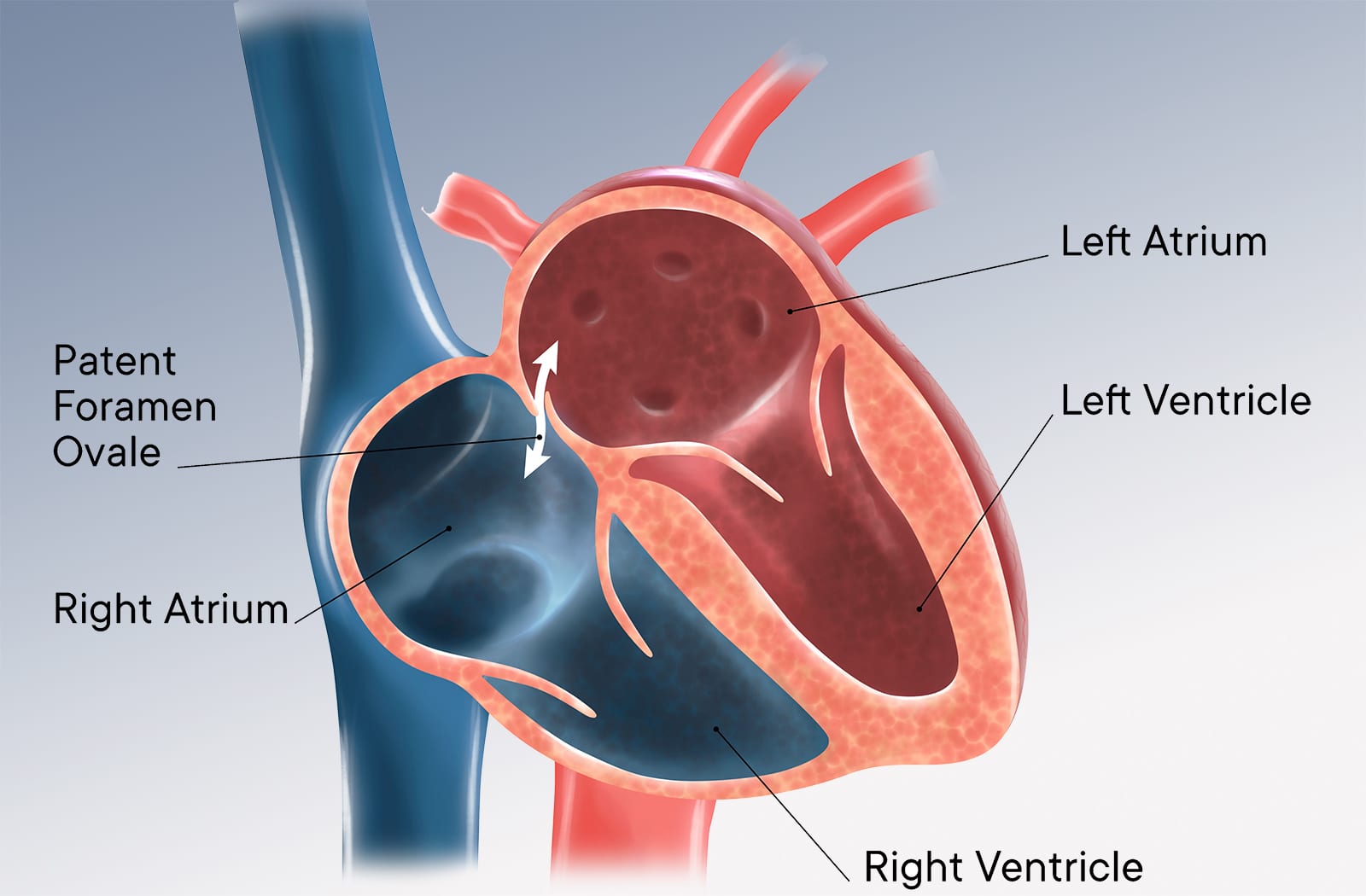Importance of Abdominal Compression Valsalva Maneuver and Microbubble Grading In Contrast Transthoracic Echocardiography for Detecting Patent Foramen Ovale.
Source: J Am Soc Echocardiography; 2020;33:201-6.
While transthoracic echocardiography (TTE) is used for patent foramen ovale (PFO) diagnosis, optimal methodologies for this diagnosis are still uncertain.
PFO is associated with several conditions that can lead to significant morbidity including cryptogenic stroke and migraine. In addition, PFO closure reduces the recurrence of stroke at higher rates compared with medical therapy.
Therefore, accurate diagnosis of PFO is essential.
Description: In this study the authors compared three techniques of PFO detection with saline contrast:
1) Rest (without Valsalva maneuver)
2) Valsalva maneuver
3) Abdominal compression Valsalva maneuver, in which the examiner placed a hand on the right side of the epigastrium of the patient and depressed the abdominal wall simultaneously with spontaneous Valsalva maneuver. Next, the agitated saline contrast was injected during the strain phase of the abdominal compression Valsalva maneuver, and then both abdominal compression and the Valsalva maneuver were released immediately after opacification of the right atrium.
Positive PFO: TTE was defined as positive if at least one microbubble or at least five microbubbles were seen in the left chambers within three cardiac cycles during the strain phase or the release phase of Valsalva maneuver.
Findings: The authors found that TTE with the abdominal compression Valsalva maneuver had excellent sensitivity for PFO detection. The abdominal compression Valsalva maneuver with the cutoff of at least five microbubbles provided the greatest accuracy. When at least five microbubbles were used as the cutoff value, sensitivity was 85% with the spontaneous Valsalva maneuver and 99% with the abdominal compression Valsalva maneuver.
Conclusion: The authors concluded that abdominal compression Valsalva maneuver with the cutoff of at least five microbubbles provided the greatest accuracy and suggested that TTE with these criteria is valuable for PFO diagnosis.
 English
English
 Español
Español 

